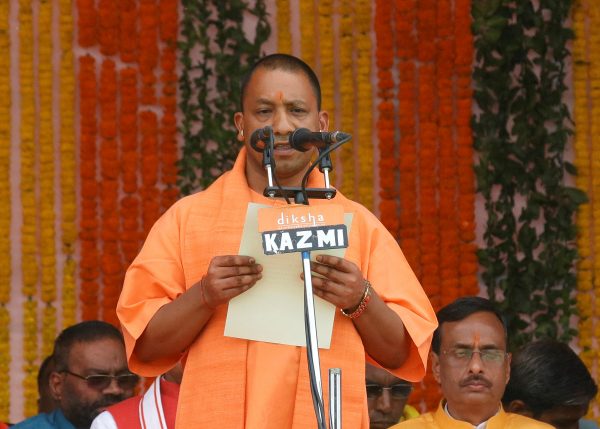Yogi Adityanath is treating his maiden tenure as chief minister like a two-year term and aims to deliver tangible results by 2019. This is understandable. The BJP needs to show significant progress in Uttar Pradesh before 2019 as success in the state is a must for retaining power in Delhi.
The recent waiver is not the first and will certainly not be the last farm loan waiver in the country. The pinnacle of such waivers was the one announced in 2008 by then-finance minister Palanianppan Chidambaram. Like the present waiver, Chidambaram’s waiver was entirely political, aimed at ensuring the United Progressive Alliance’s re-election. These waivers bring temporary relief to poor farmers, who then find themselves in unmitigated poverty immediately after.
This trend is likely to continue as long as the present culture of culpability — construing bank credit as ‘non-payable’ — continues. Farmers’ representatives are justified in pointing out that the first step to tackling this pernicious, anti-capital formation culture should be to address the 10 trillion rupees (approximately US$154 billion) that is spent on non-performing loans to industrialists. Farmer loan waivers seem very small when compared to the mountain of outstanding debt owned by some of the country’s biggest corporates.
The fiscal impact of the farm loan waiver will be significant. The state’s already unsustainable fiscal deficit will worsen. According to some estimates, this debt currently stands at 4.45 per cent of gross state domestic product (GSDP). This is almost double the average level of fiscal deficit for other states in India. The farm loan waiver represented 13 per cent of total revenue expenditure in 2016–17 and will push up total revenue expenditure to more than 75 per cent of total expenditure, leaving hardly any room for much-needed capital expenditure. Whichever way you slice and dice the financial package required to finance the waiver, there is no escaping the fact that Uttar Pradesh cannot afford it.
Having announced the waiver, Yogi Adityanath’s government will have to find the financial and fiscal means to implement it. Thankfully, unlike the 2008 waiver, the state’s cabinet has clarified that it does not expect commercial banks to take on any of the burden. The entire amount will be carried on the government’s balance sheet. This may not be easy given a high fiscal deficit and debt-to-GSDP ratio of above 30 per cent. Raising bonds from the market or guaranteeing some state utilities may not be viable. The government could push to improve fiscal discipline and plug leakages, but a slew of policy measures may not generate sufficient resources to service the debt that it will have to raise to finance the waiver.
Yogi Adityanath, with his ears close to the ground, must know that agriculture in Uttar Pradesh continues to wallow in low productivity. The great majority of farmers are caught in a pernicious low-income trap. This is despite the state’s highly fertile lands. The Chief Minister has to find a way to both raise the necessary financial resources and also modernise the state’s agriculture sector, in order to raise crop yields and rural incomes.
To achieve his twin goals of mobilising the necessary funds for servicing the loan waiver and doubling farmer incomes, Yogi should approach multilateral development banks like the Asian Development Bank for a structural loan. The total loan itself will be in the range of US$ 0.5 to 1.0 billion, to be disbursed in successive tranches upon implementation of agreed reform measures. These loans come with relatively concessional terms and for a tenure of up to 10 years.
More importantly, such loans come with a detailed and time-bound plan for restructuring the sector and ensuring significant and sustained productivity gains. These gains then generate economic growth and additional revenues for the government to successfully service the loan. If finalised, this reform package could go towards improving Uttar Pradesh’s rural infrastructure.
Obtaining this kind of loan would not only avoid fiscal stress but also help Uttar Pradesh develop a time bound plan of action for sustained growth in agriculture. Writing off the stock of farmers’ debt as well would block a future flow of bad agriculture debt and generate higher agricultural productivity and incomes — a prospect well worth pursuing.
Rajiv Kumar is Founder Director at the Pahle India Foundation and Chancellor at the Gokhale Institute for Economics and Politics.

